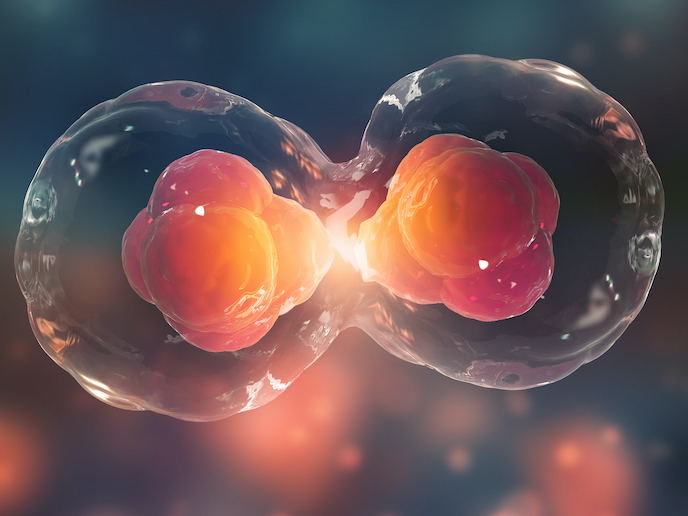Cell discovery creates opportunities for new cancer approaches
When a cell divides, it forms a spindle made of microtubules(opens in new window). These microtubules act like conveyer belts inside cells, moving chromosomes(opens in new window) – structures composed of DNA molecules that contain our genetic material – via special attachment proteins. Attempts to fully understand this process, and the role microtubules play in chromosome division, have only recently been made possible thanks to the availability of cutting-edge microscopy and laser microsurgery techniques. Taking advantage of these technological advances, Iva Tolić, professor of biology at the Ruđer Bošković Institute(opens in new window) in Zagreb, Croatia and project coordinator of the NewSpindleForce(opens in new window) project, wanted to explore her hypothesis that a new class of microtubules – which she termed ‘bridging microtubules’ – plays a critical role in this process. “I was confident that understanding the role of bridging microtubules in chromosome movements would not only shed light on the mechanism of chromosome segregation, but could also open the door to new anticancer strategies,” she notes. “The spindle is already a major target for chemotherapy.”
Cutting-edge techniques
The project developed new methods to observe and manipulate spindles. These included expansion microscopy of the spindle, laser-cutting of spindle microtubules to detach them, and acute removal of spindle proteins by optogenetics. This biological technique involves the use of light to control cell behaviour. “These technological developments will be valuable resources for the scientific community,” says Tolić. By combining theoretical models with these new technologies, the NewSpindleForce project was able to demonstrate that bridging microtubules do indeed exist and play a key role in promoting chromosome alignment at the centre of the spindle. The team’s experiments also helped to identify another mechanism driving chromosome segregation in human cells. “Our work showed that bridging microtubules slide apart like the extension ladder on a fire truck,” explains Tolić. “This sliding action helps to segregate chromosomes. What we discovered was that two types of mitotic motors, that is proteins which move along microtubules, drive the sliding of these bridging microtubules. This mechanism therefore plays critical roles in the division of human cells.” Finally, the project team made the unexpected finding that the spindle is chiral, or asymmetric. “We observed that microtubule bundles twist along a left-handed helical path,” adds Tolić. “This enabled us to conclude that rotational forces, in addition to pushing and pulling forces, exist in the spindle.”
Understanding cell division
The new concepts and methods developed through NewSpindleForce promise to increase our understanding of not only spindles and cell division, but also why errors in chromosome segregation happen. “We found that simultaneous disruption of two types of motor proteins leads to total failure of chromosome segregation due to blocked spindle elongation,” explains Tolić. “Such errors are characteristic of several serious diseases. Revealing their origins is of great interest and could potentially lead to new medical applications.” The ERC-funded project also enabled Tolić to hire four PhD students, a postdoc, a senior scientist and a lab manager. “This project has greatly contributed to the careers of all participants,” she notes. “Three young researchers obtained a PhD while working on this project, and a postdoc obtained an assistant professor position.” Furthermore, she is confident that this fundamental research will provide the basis for important work in the future on cell division. “My research group would be substantially smaller without this ERC project,” she says. “Most importantly, this project helped me to develop new ideas and methodologies for future projects.”







